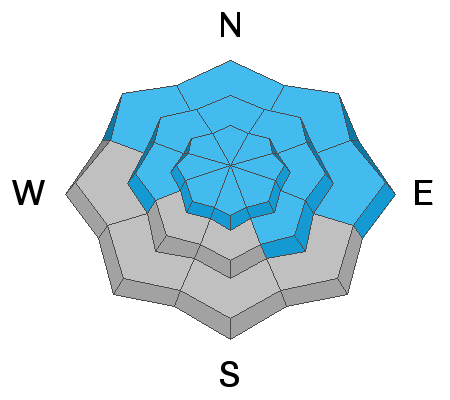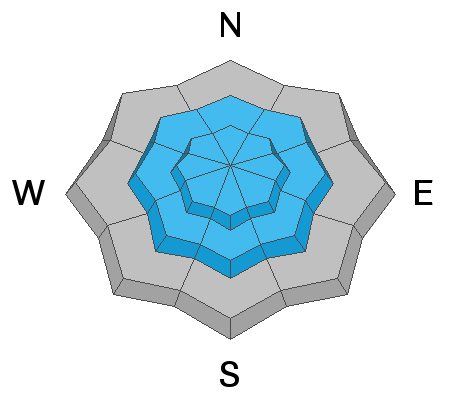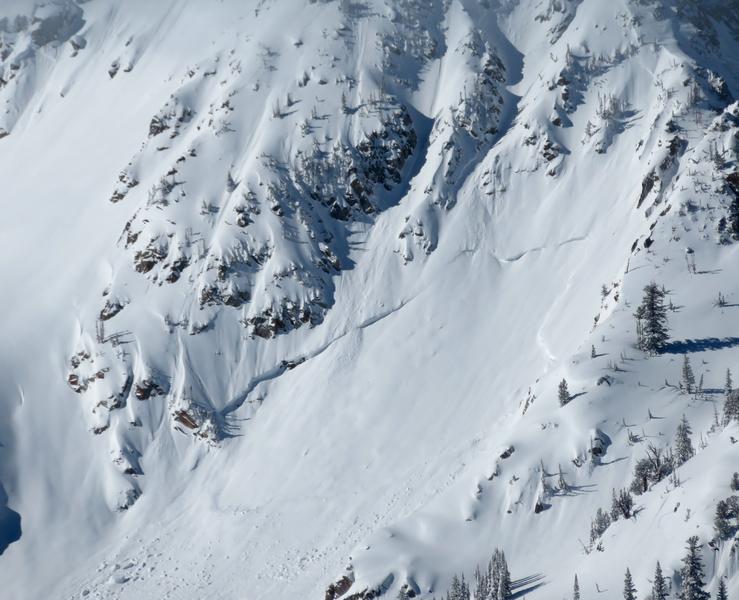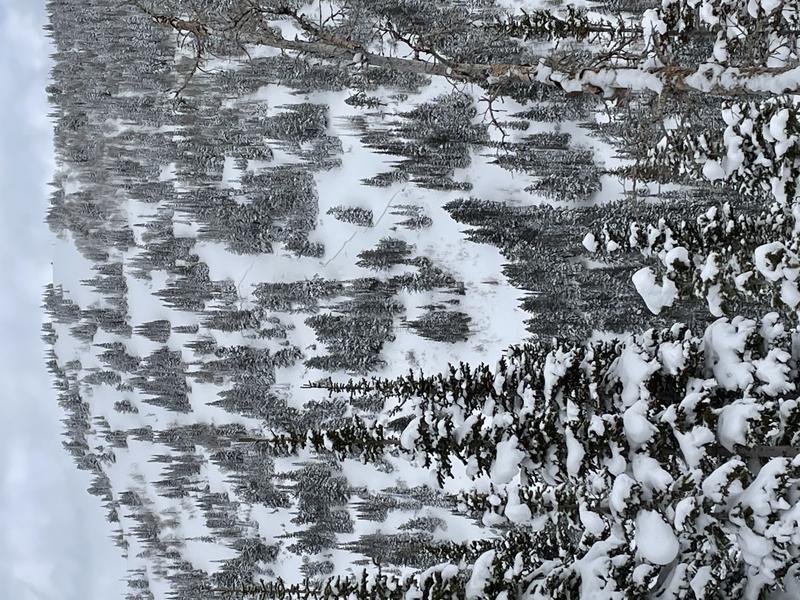Forecast for the Provo Area Mountains

Issued by Drew Hardesty on
Saturday morning, February 20, 2021
Saturday morning, February 20, 2021
A CONSIDERABLE avalanche danger exists on many slopes at the mid and upper elevations. Considerable means that human triggered avalanches are likely.
The danger is more prevalent on west to north to southeast facing slopes and on any freshly wind drifted terrain.
Any avalanche you trigger may step down into deeply-buried weak layers, creating very large and destructive avalanches.
All the experienced backcountry riders I know are setting wide margins of safety and continue to rule out steep terrain for now.
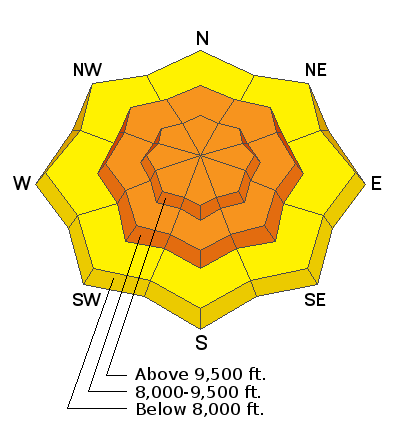
Low
Moderate
Considerable
High
Extreme
Learn how to read the forecast here


